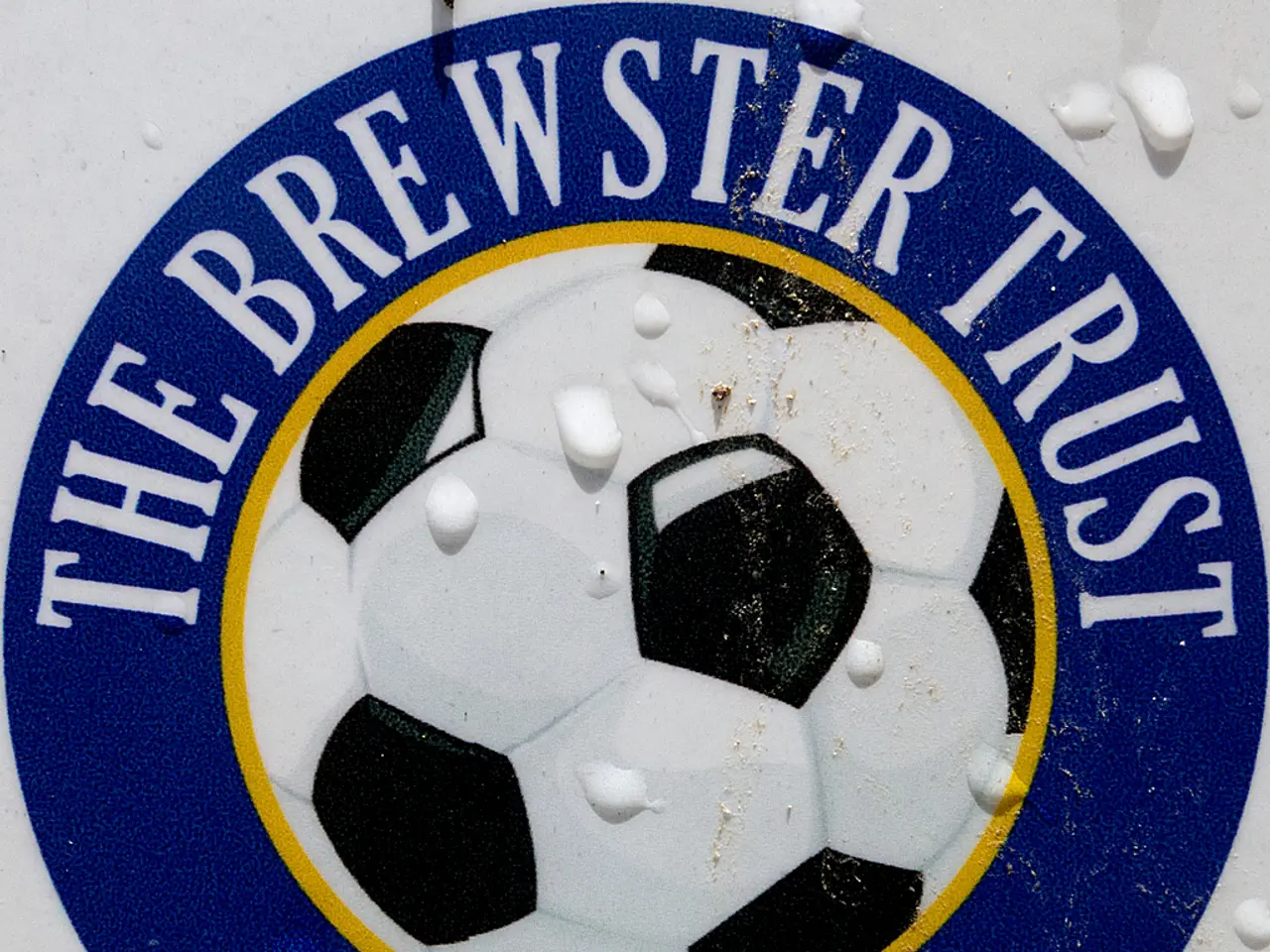Fires Raging in California - Residents Evacuating
California Inmates Play Crucial Role in Wildfire Response Efforts
After a challenging wildfire season in California, approximately 2,700 residents were able to return to their homes on Friday evening, marking a significant step towards normalcy. The efforts of these firefighters, both professional and volunteer, cannot be overstated, and among them are the inmate firefighters who contribute significantly to the state's firefighting capacity.
Inmates in California are actively involved in firefighting efforts through the state's Conservation Camp Program, a partnership between the California Department of Corrections and Rehabilitation (CDCR) and CAL FIRE. These incarcerated individuals volunteer for the program and receive the same entry-level training as CAL FIRE's seasonal firefighters. They perform crucial tasks such as cutting fire lines, removing vegetation, and strengthening containment perimeters to help contain wildfires.
During the recent Gifford Fire—the largest wildfire of 2025—288 incarcerated fire crews worked alongside CAL FIRE personnel to hold containment lines and combat the spread of the fire. While specific details on their involvement in the Canyon Fire and January 2024 fires are not explicitly provided in the available sources, it is consistent that incarcerated firefighter crews would have been part of efforts to manage those wildfires as well, given their significant contribution to California's firefighting capacity, accounting for approximately 27% of total firefighting personnel.
These inmate firefighters face dangerous and physically demanding conditions yet provide vital manpower when the state most needs it. They serve not only as frontline wildfire defenders but also benefit from the program as a second chance, often leading to firefighting careers post-release, supported by nonprofits that assist formerly incarcerated individuals in transitioning into fire industry jobs.
In January, two large fires in parts of Los Angeles left a trail of devastation. With strong Santa Ana winds, the flames spread rapidly to the beaches of Malibu, destroying buildings and causing at least 31 fatalities. Under these conditions, wildfires can spread more quickly, making the efforts of the firefighting teams even more critical. The fire department was supported by inmates in the firefighting efforts.
Thousands of buildings burned down in the first night alone during the fires in January. The "Canyon Fire," which has been contained at 28%, has burned an area of about 22 square kilometers and has destroyed at least two buildings. Their tasks included creating firebreaks and removing combustible materials such as fallen trees.
Despite the progress made in containing the fires, dangerous weather conditions are expected to continue over the weekend in the area. Every spark is dangerous due to the dry vegetation in some areas, and members of the National Guard often stand by the firefighting teams. Human remains were still found in a burn zone in Altadena as late as July, following the fires in January.
While the fires have caused immense destruction, they also highlight the crucial role that inmate firefighters play in protecting California communities. Their contributions not only help save lives and properties but also offer a second chance for those who participate in the program, often leading to careers in the firefighting industry post-release.
In the face of such devastating wildfires, the role of environmental science, specifically regarding inmate firefighters, becomes increasingly vital. As these individuals contribute significantly to the state's firefighting capacity, one might also consider the impact of climate-change on wildfire frequency and severity. Additionally, the success of sports-betting platforms could potentially aid in funding further research and resources for the conservation of our fragile environment, including wildfire prevention and management.







